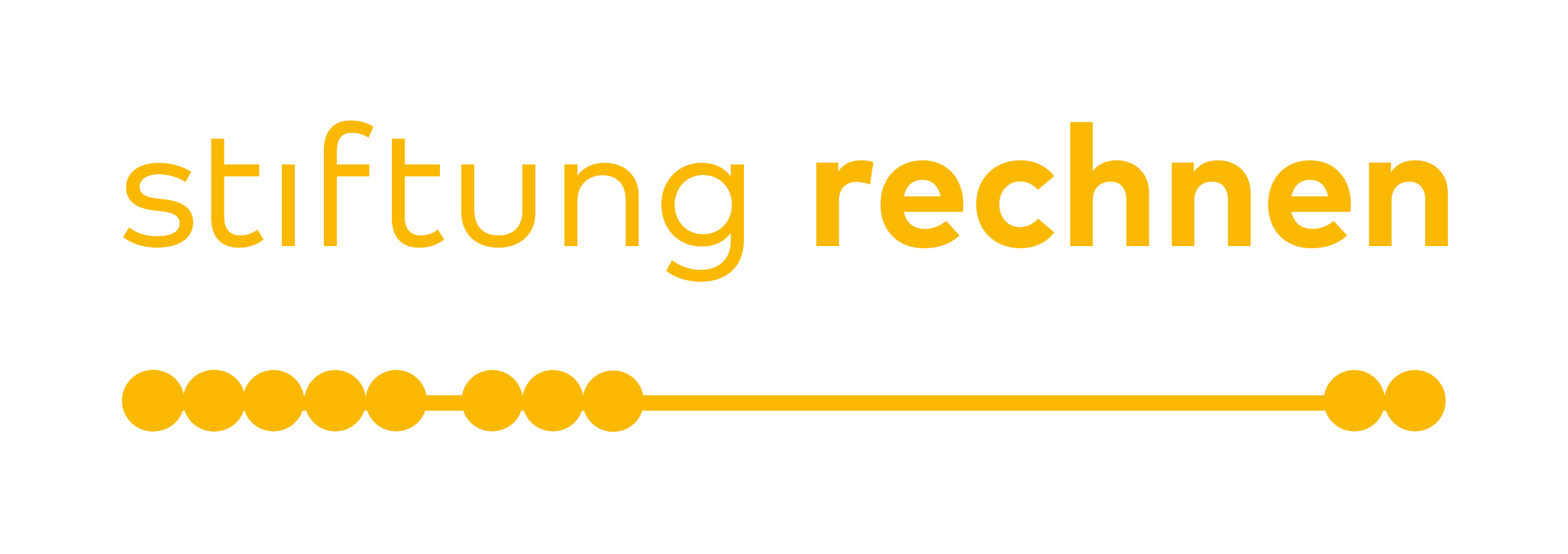Trail of the month: Oldtown Venice
The trail of the month August is located in a city that is always worth a visit and now can also be rediscovered through mathematical eyes. We are talking about Venice and the mathtrail “Altstadt Venedig” (Oldtown Venice), which, as the name suggests, leads through the narrow streets and over the bridges in the old town.
The trail, which can be found on the web portal here and in the app under the code 2616643, was created by Günter Kämpfert, a math teacher from the city of Hanover in Germany, and the students in his upper secondary school class.
In a short interview, Mr. Kämpfert gives us an insight into his work with MathCityMap so far and the creation of this wonderful mathtrail.
How did you come across the MathCityMap project?
A few years ago, I came across the MathCityMap project through a didactic article in the magazine “mathematik lehren”.
After initial experiments with existing trails in Hanover, the students in my upper-level course were asked to create their own tasks.
After getting to know an existing trail in Hanover, we first tested the procedure by creating small tasks in the school and on the school grounds.
Please describe your mathtrail. What is special about the trail?
For the study trip to Venice in October 2022, the students in my upper-level course were to create their own MathCityMap tasks in the old city of Venice. To do this, they worked in small groups on tasks that they then had to present and explain in a short written paper. The existing mathtrail was created from the existing tasks of the whole course. The old town of Venice offers many historical buildings, archways and bridges, which can be discovered and viewed with mathematical eyes in a completely new – and different – way. Creating mathematical tasks should encourage people to perceive their own environment as a place where mathematics can occur.
How do you use MCM and why?
The existing app can be easily used by all students on their mobile phones. Photos that are needed for an assignment can be created directly with the cell phone and inserted into the app. Working with the app is largely intuitive. For working on assignments, we have set up a group in the app so that all students can access the assignments shared in it. In addition, this also enables everyone to support each other. For working on the tasks that are created in school, we use the helpful trail code, which also allows the tasks that have not yet been published to be used.
Describe your favorite task on the trail. How can it be solved?
The “Bridge Arch” task deals with what is probably one of the most impressive experiences of any Venice tourist walking through the old city: countless bridges and canals. The Ponte del Teatro is located in the heart of Venice, crosses the Rio San Luca and is a modern bridge in the style of ancient Venetian architecture. The context of the task (a necessary modification of the bridge arch) is fictitious, but conceivable. To solve the task, the bridge arch can be modeled in a simplified way using a quadratic function. For this purpose, suitable measured values must first be collected and the function equation of the corresponding parabola must be determined. A stretching factor may only shift the high point of the parabola so far that the slope at the edges of the arc does not exceed 45 degrees. This condition results in the stretch factor we are looking for, which can now be used to calculate the position of the new high point of the parabola. With these coordinates, the permissible elevation of the bridge arch high point can then be calculated.










